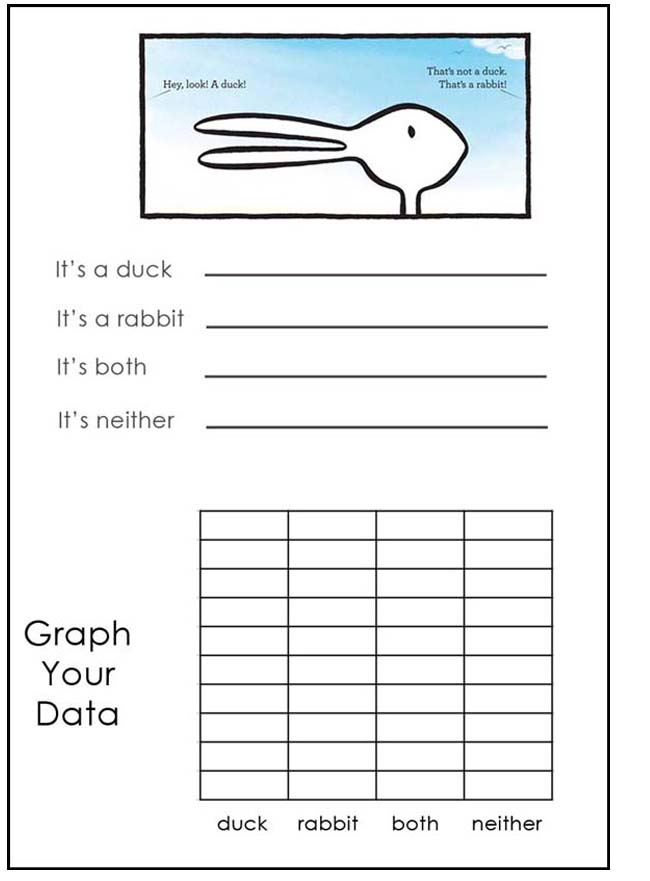I am very excited to be participating in a book study of Barbara Gruener's book, What's Under Your Cape? Barbara's blog, The Corner on Character, is a wonderful resource for character education and I have been a long time reader! The summary of What's Under Your Cape states that it serves as, "A guide to help elementary teachers infuse virtues, values, and traits into the habits, routines, and culture of their character-building so that their superheroes can soar." Barbara's Book is a quick read filled with practical ideas for your classroom! I am lucky to be hosting Chapter 4, which focuses on the character trait of empathy. Keep reading until the end for your chance to win your own copy!
As a 2nd grade teacher and licensed counselor, character education is a key component of my classroom. Out of all of the character traits, empathy is one of the most important traits {in my opinion!} If we can teach students how to see situations from different perspectives, all of the other character traits will begin to come naturally.
One of the first tools Barbara suggests for teaching empathy is children's literature. Barbara states, "Children who read fiction have higher levels of empathy; the more students read, the more opportunities they have to learn about, experience, and embrace empathy." I completely agree with this statement! By using children's literature, we can expose our students to many situations that help them begin to think critically about empathy. Barbara suggests several books for eliciting empathy. Two of my favorites are:
Chapter 4 also suggests some hands-on activities to elicit empathy. I love the practical experience Barbara explains on page 40, in which the teacher presents three shoeboxes containing different types of shoes--toddler shoes, boy's slippers, and women's sneakers. As the teacher opens up each shoebox to present the shoes, she reads aloud a story about the owner of the shoes. For example, when the boy's slippers are presented, the teacher reads a story that describes the boy in the following way:
"I am staying home today because I have a tummy ache. Actually, I just moved this summer because Mom and Dad broke up, and I don't like my new school because I don't feel safe there yet... My mom says she'll get fired if she has to keep taking off of work to stay home with me. Put yourself in my shoes. What do you think is going on with me? How can I fit in better at my new school so these butterflies in my tummy go away? What do I need?"
The activity continues with the teacher reading aloud similar thought-provoking scenarios that match the other shoes. What a powerful discussion for you to have with your students! I can imagine that this activity would spark your students to share some of their own stories, too.
Chapter 4 also describes ways to move empathy to the behavioral domain by helping your students seize opportunities to help others both in the school and their community:
Who might need a playmate at recess today?
Who might appreciate having their leaves raked?
Who might benefit from their dog being taken for a walk?
Barbara suggests a great visual for empathy--having students use their "empathy switch" to trade places with someone. A practical example of this is to ask your students, "If you traded places with our school custodian, would the school bathrooms be cleaner?" By presenting students with "empathy switch" scenarios, you can help them reframe their thinking and elicit empathy!
All of the ideas above can be found in just one chapter of Barbara's book! Here are a few more of my favorite ways to teach empathy in the classroom:
{source}
Love love love this graphing activity to go with the book Duck! Rabbit!
{Pinterest Source and Duck! Rabbit! Book on Amazon}
Last, but not least, how would you like to win your own copy of What's Under Your Cape?!!
Enter to win via the Rafflecopter below!!
Enter to win via the Rafflecopter below!!
a Rafflecopter giveaway















Oh, this book looks like something I really need! I am hoping to develop more of a classroom community than I feel I've successfully created the last 3 years, and empathy was going to be one of the biggest components I was going to draw upon. Here are 2 other really great pieces of children's literature that help kids understand how to empathize:
ReplyDeleteAlex & the Amazing Lemonade Stand
The Beautiful Bald Princess
Just an FYI, I am going to be giving away a copy of each of these books on my blog before school starts, along with a little packet to use in your classroom for book studies/empathy lessons!
SweetSchoolMoments
Thanks so much for a chance to win this awesome book!!!
Well that goes for both of us, then, because I've been a long-time reader over here, too! I remember when I first found your blog wishing that my name would have fit cleverly into a blog title like yours did. So it's no surprise that we both favor this chapter, I suppose. Thank you for bringing it to life so masterfully for our readers today.
ReplyDeleteBe blessed as you bless,
Barbara